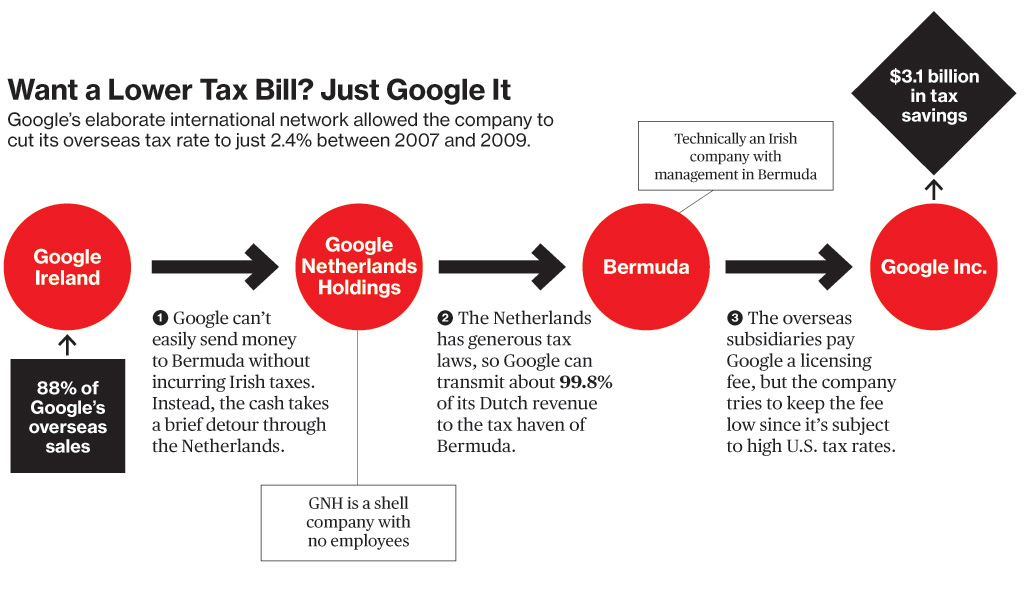
In the first five minutes of the clip below, economist Jeffrey Sachs explains to Dalton Conley that ending poverty in Africa requires a demographic transition, one where we move from high fertility and high mortality to low fertility and low mortality.
How to encourage such a transition?
1. Bring down mortality with advanced medicine. Declines in childhood mortality lead families to choose to have fewer children (’cause they don’t have to).
2. Make sure girls go and stay in school; they’ll get married later, and have less babies.
3. Provide free contraceptive services and family planning education.
Also see Dr. Sachs explain why Africa ended up so poor in the first place.
Lisa Wade, PhD is an Associate Professor at Tulane University. She is the author of American Hookup, a book about college sexual culture; a textbook about gender; and a forthcoming introductory text: Terrible Magnificent Sociology. You can follow her on Twitter and Instagram.

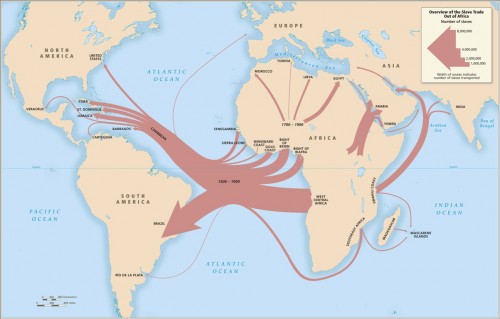

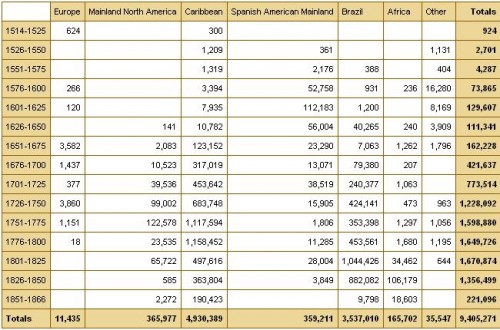
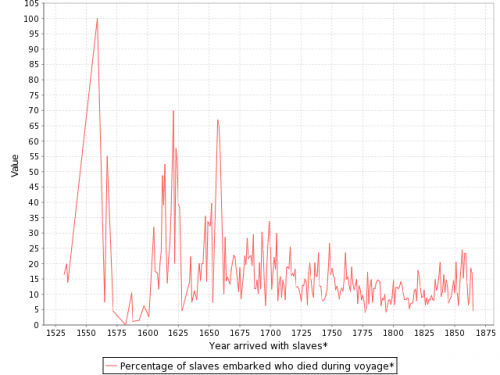
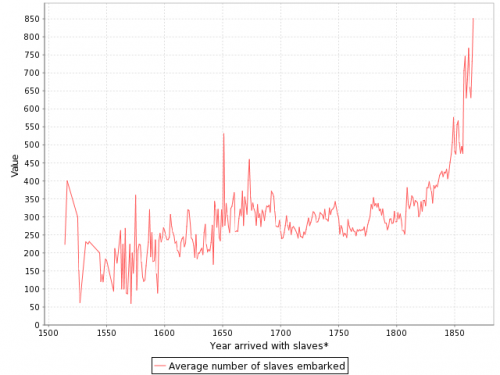
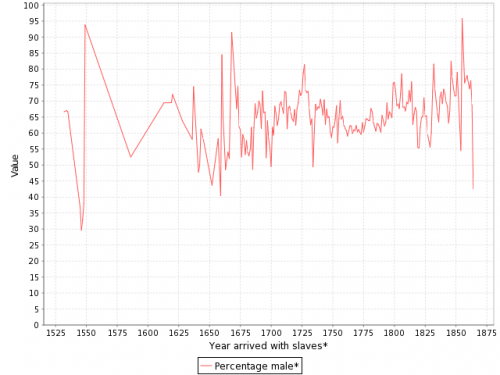
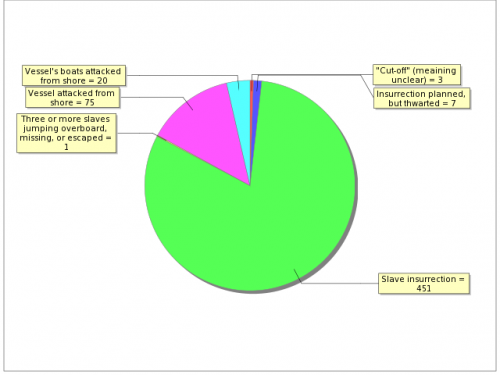





.jpg)



